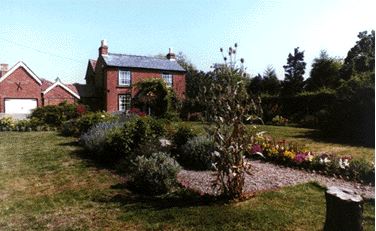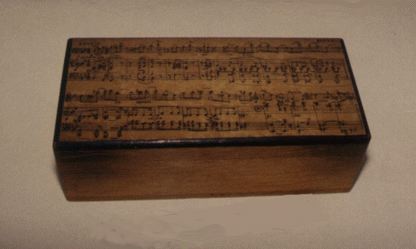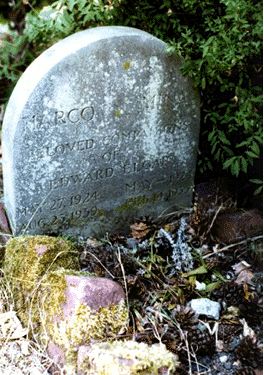
No visit to Worcester would be complete without a look at the Birthplace Museum which is situated at Broadheath, a small village a couple of miles to the south-west of Worcester.


Inside, can be seen the birthroom - now containing many exhibits connected with Elgar's life and works.

In a downstairs room, Elgar's desk - set out just as he would have used it in life - can be seen.

A wooden cigar box, a present to Elgar from Sir Barry Jackson, has the opening bars of the 'Cello Concerto marked on its lid.

Also to be seen are his academic robes and the Court Dress which he wore on receiving his knighthood on 1904 from King Edward VII.

This silver casket contains the scroll of the Freedom of the City of Worcester which was conferred on Elgar in September 1905. It bears small enammelled panels which depict Worcester Cathedral and the Guildhall.

Elgar, who was always interested in things scientific, took an interest in the early techniques of gramophone recording. Indeed, he is probably the first composer ever to have recorded many of his own works, both in the early 'acoustic' recordings (pre 1927) and also subsequently in the newer 'electric' recordings. This interest in recording continued up until Elgar's death in 1934 and one of his most treasured possessions was his gramophone, which can be seen at the Birthplace.

In a quiet corner of the garden (half way along the path on the right hand side as you leave the Birthplace) are the graves of Marco (a spaniel) and Mina (a cairn terrier), two of Elgar's dogs.
This small cottage is full of priceless exhibits which illustrate the life and works of Edward Elgar.
Adjacent to the Birthplace, a modern exhibition centre is in the process of being built.
 Return to the Tour Index
Return to the Tour Index